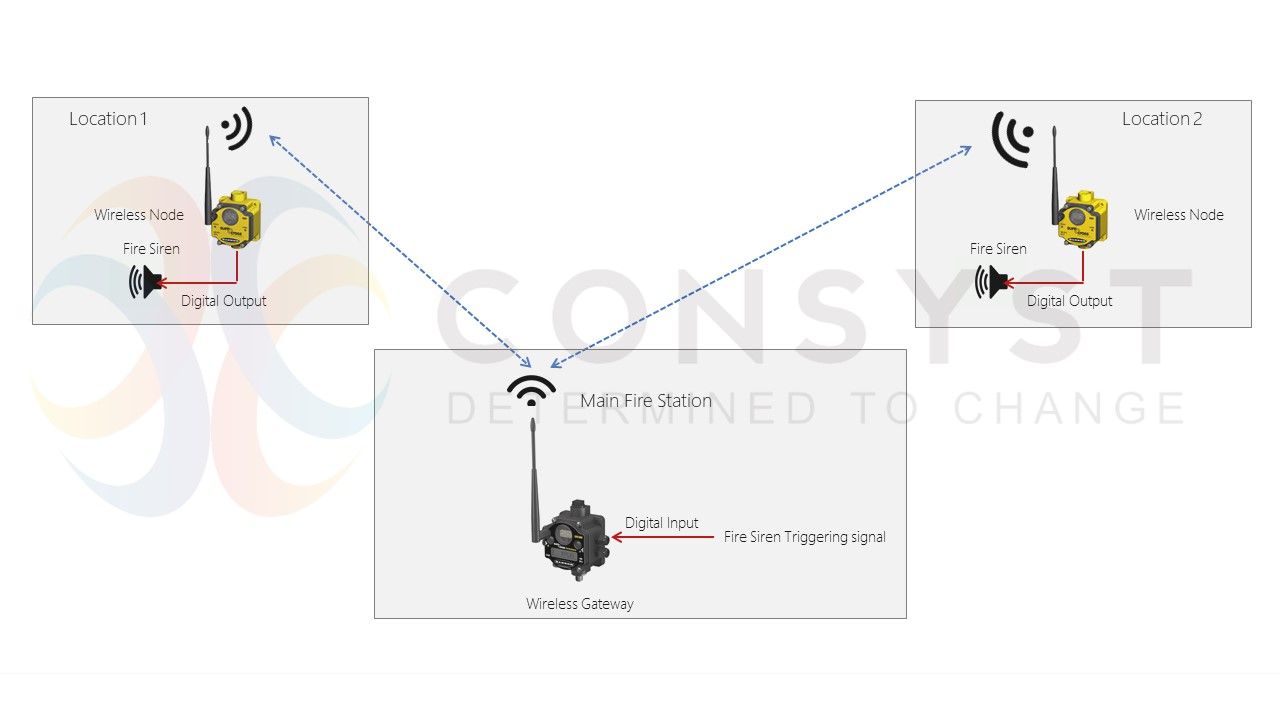End User
The BPCL Kochi Refinery, embarked on its journey in 1966 with a capacity of 50,000 barrels per day. Formerly known as Cochin Refineries Limited, the refinery was originally established as a joint venture in collaboration with Phillips Petroleum Corporation, USA. It was later renamed as Kochi Refineries Limited, and today, it is a frontline entity as a unit of the Fortune 500 Oil and Gas Maharatna Bharat Petroleum Corporation Limited with a capacity of 3,10,000 barrels per day.
Scope
Design, Engineering, Supply, Installation & Commissioning of Wireless control systems for fire sirens installed at various location in Kochi Refinery premises.
Background
Refineries and petrochemical industries have specialized fire safety needs. The institutions like API strongly supports the principles of fire prevention as elements for personnel and property protection in these industries. Refineries install extensive fire protection equipment to include fire water systems, foam fire suppression systems, fire extinguishers, and fire alarms. The existing fire alarm/ fire sirens at BPCL Kochi refinery was installed decades back, all the signals to the fire sirens from the Main Fire Station (MFS) are hardwired. The customer faced a lot of problems in troubleshooting the cable failures from MFS to Fire siren locations. Also, the customer wants to add fire sirens at new locations, where laying the cables from existing MFS to new locations are practically impossible due to topography and restrictions due to plant structures.
System Description
Petroleum & Natural Gas Regulatory Board defines the mock siren codes for refineries and other hydrocarbon processing industries. At Kochi Refinery the mock fire sirens are triggered from Main fire station to fire siren locations. CONSYST provided a Wireless solution which seamlessly connects the Main Fire Station with the fire sirens. The wireless communication system implemented was in star topology with two nodes and one gateway. A wireless gateway is installed at the MFS which is integrated to existing fire triggering system. With the help of integrated IO feature of wireless gateway, the fire siren triggering signals are directly integrated to the wireless gateway. Wireless nodes are installed at fire siren locations (Location 1 and Location 2) will be communicating with gateway in real time basis and fire trigger signal will be provides as digital outputs which are then wired to the motor starters of corresponding fire sirens at Location 1 and Location 2.

Thanks for Banner Engineering Sure Cross wireless system which uses Frequency Hopping Spread Spectrum (FHSS) technology to ensure reliable data delivery within the unlicensed Industrial 2.4 GHz band.
Result
1. By implementing this wireless system, the customer can now enjoy adding new fire sirens wirelessly at the ever-expanding refinery premises. 2. Overcame the problems/ troubles associated with frequent cables damages.
